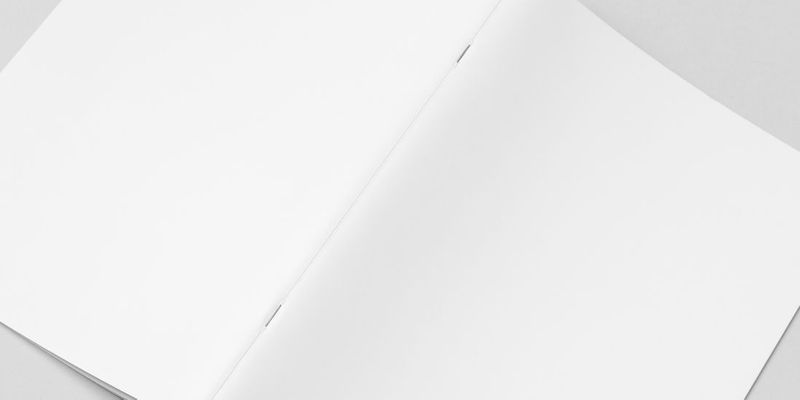The original craft of bookbinding has dramatically evolved since its beginnings in the first century BC. In those days, religious texts were copied onto palm leaves, which were then numbered and bound together with twine. Clearly, binding is a centuries-old tradition and technique that is used on one of the most common items in the world: readable collections of bound paper.
While the ancient methods have become outdated due to a wide variety of contemporary techniques, the reasoning behind binding remains the same. Let’s take a closer look at the different types of bindings that are available to understand how to make the best choice for a printed project. One of these common binding techniques is sure to provide an attractive finishing touch to your print materials.

